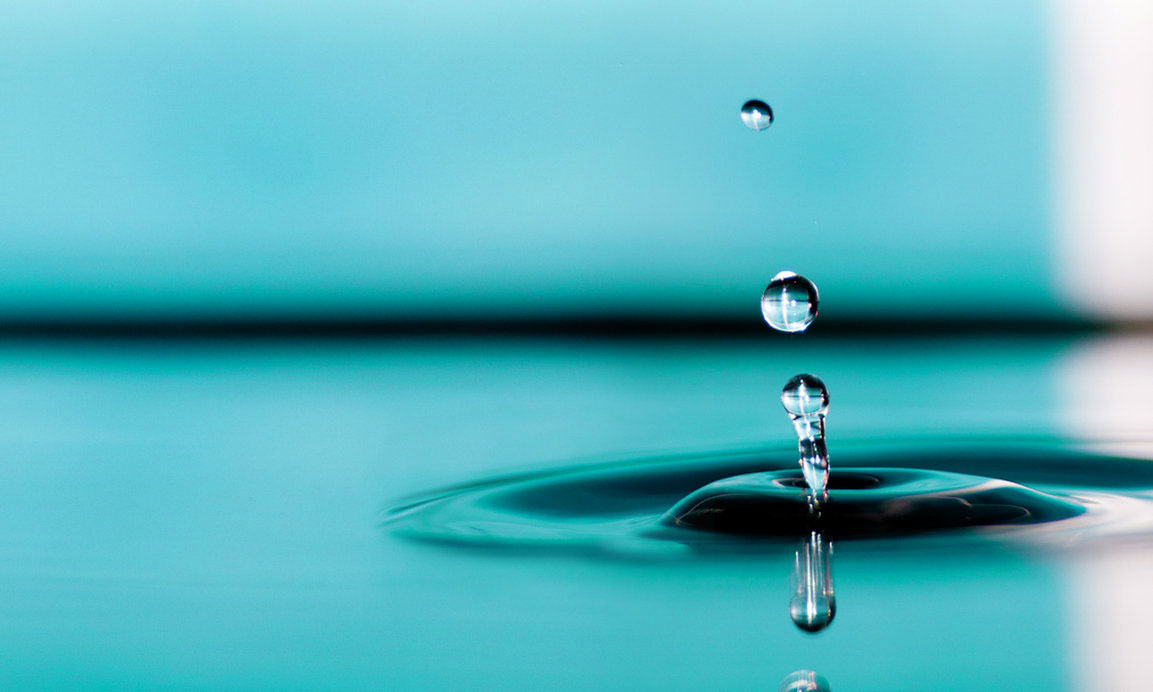Invented in China by T’sai Lun some 2,000 years ago, papermaking still follows the same basic procedures. Today wood chips are cooked with chemicals to release cellulose fibers and dissolve lignin, then washed to remove impurities. Most printing papers are then bleached to lighten the color of the pulp. Pulp is mechanically and chemically treated to impart certain desired characteristics such as strength, smoothness and sizing. Large quantity of water is added to uniformly distribution of fibers and additives. The resulting slurry, which is 99 to 99.5% water, is cascaded onto the continuously moving forming fabric of the Fourdrinier paper machine. Side-to-side shaking distributes the slurry, forming a tangled web of fiber as the water drains off. A wire mesh roll called a dandy roll, moves over the surface to modulate the turbulence and smooth the topside of the paper. A felt blanket absorbs more water from the paper and sends the sheet on through a channel of hot metal drums that dry and press the paper at the same time to give it a more even-sided finish. At this point the paper is fully dry and ready for off-machine processes such as coating, embossed finishes and supercalendering.
Papergrease
Your ideal partner
